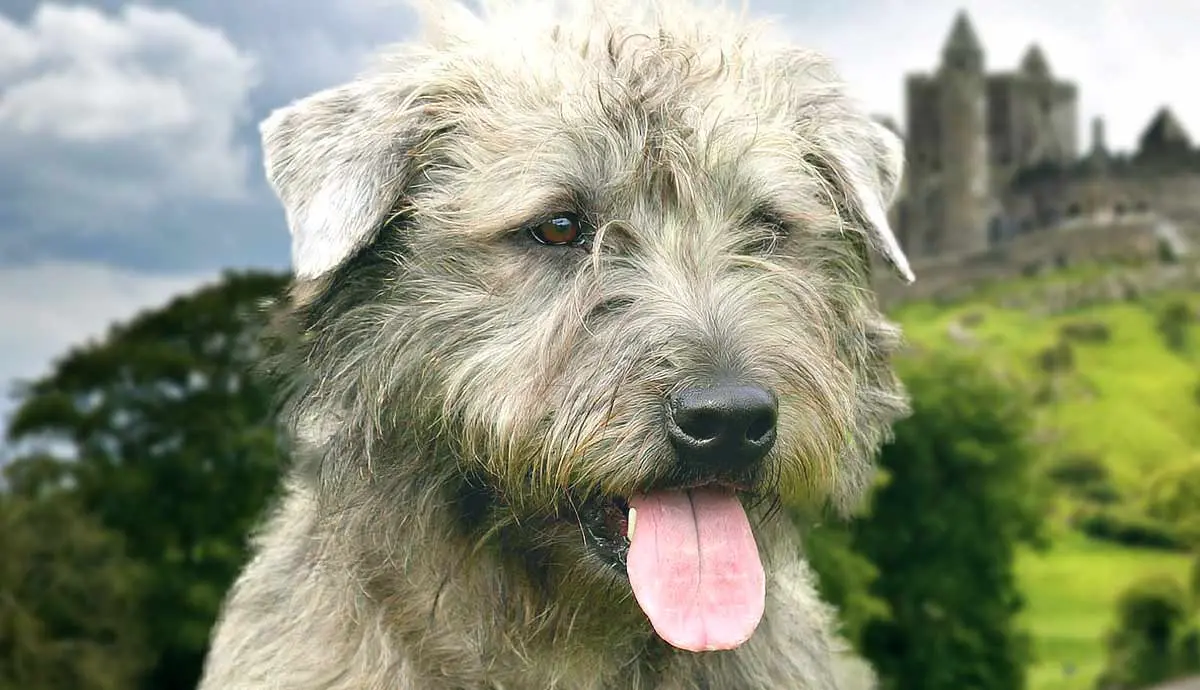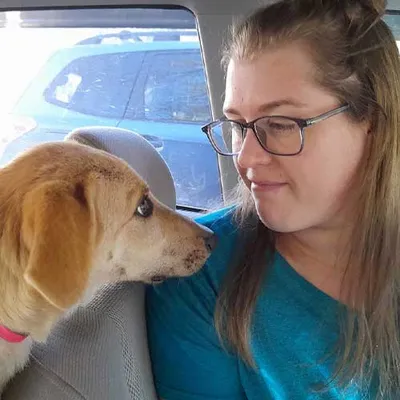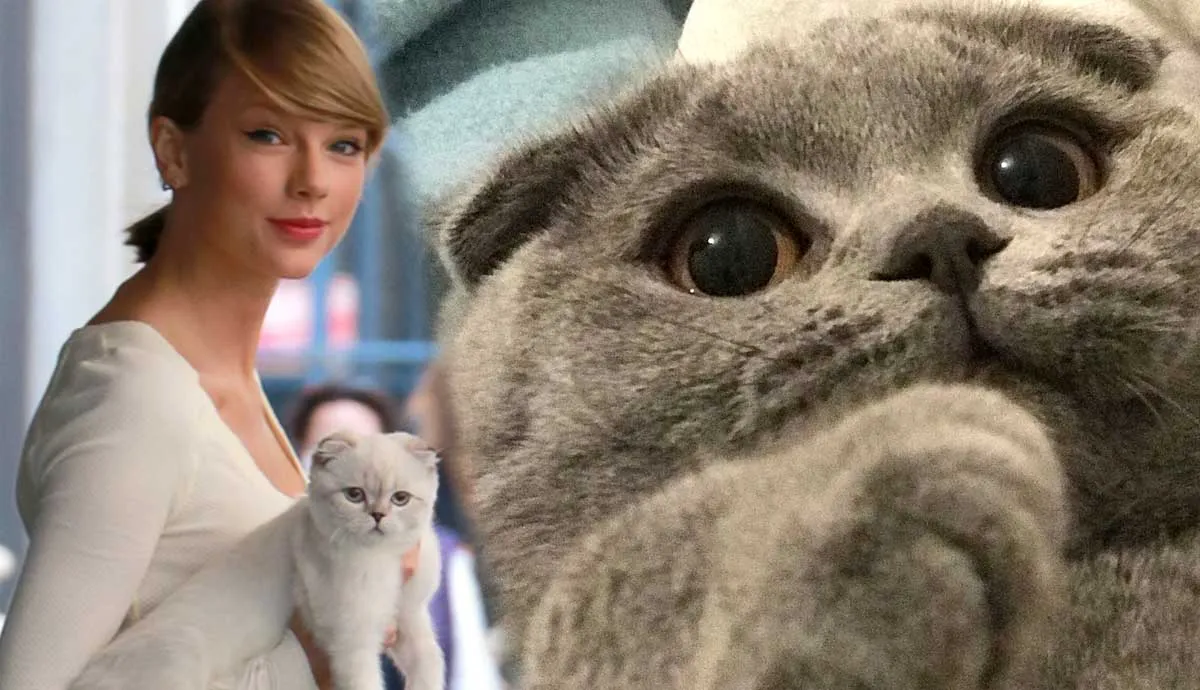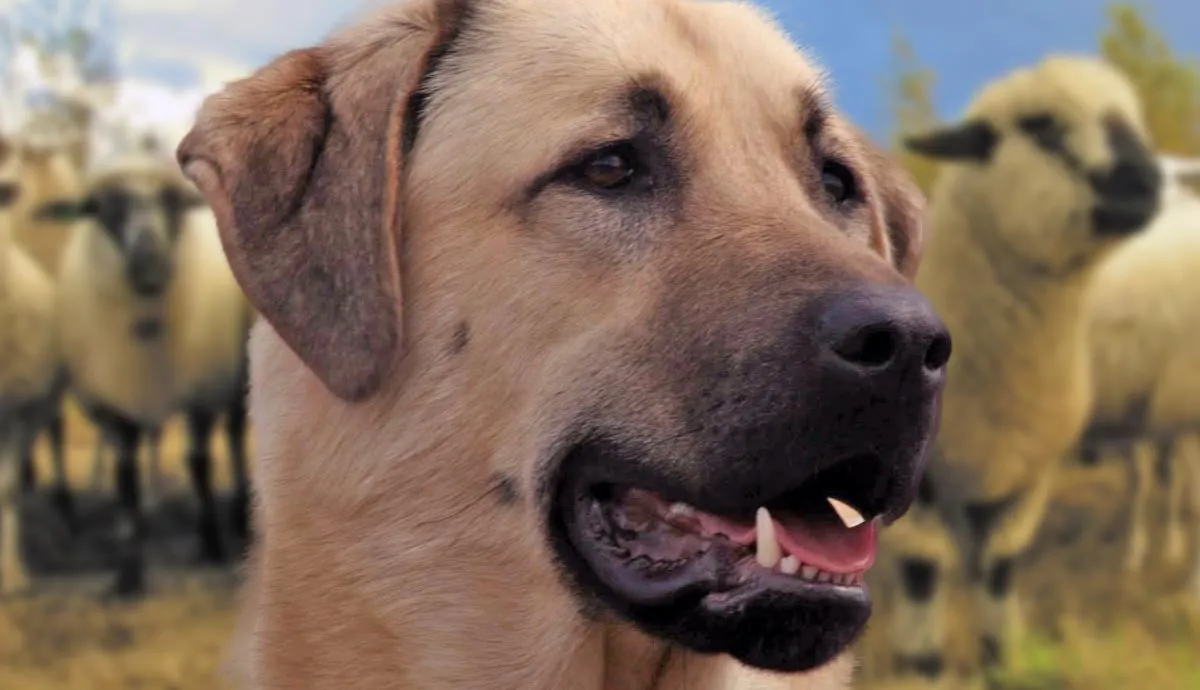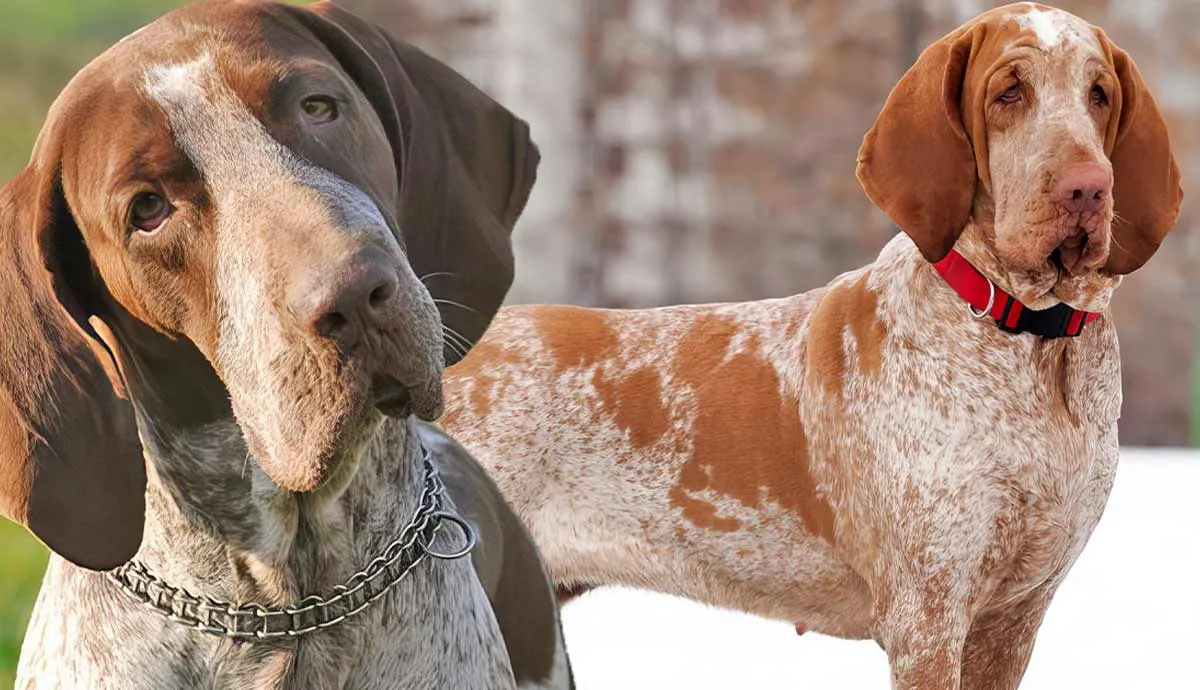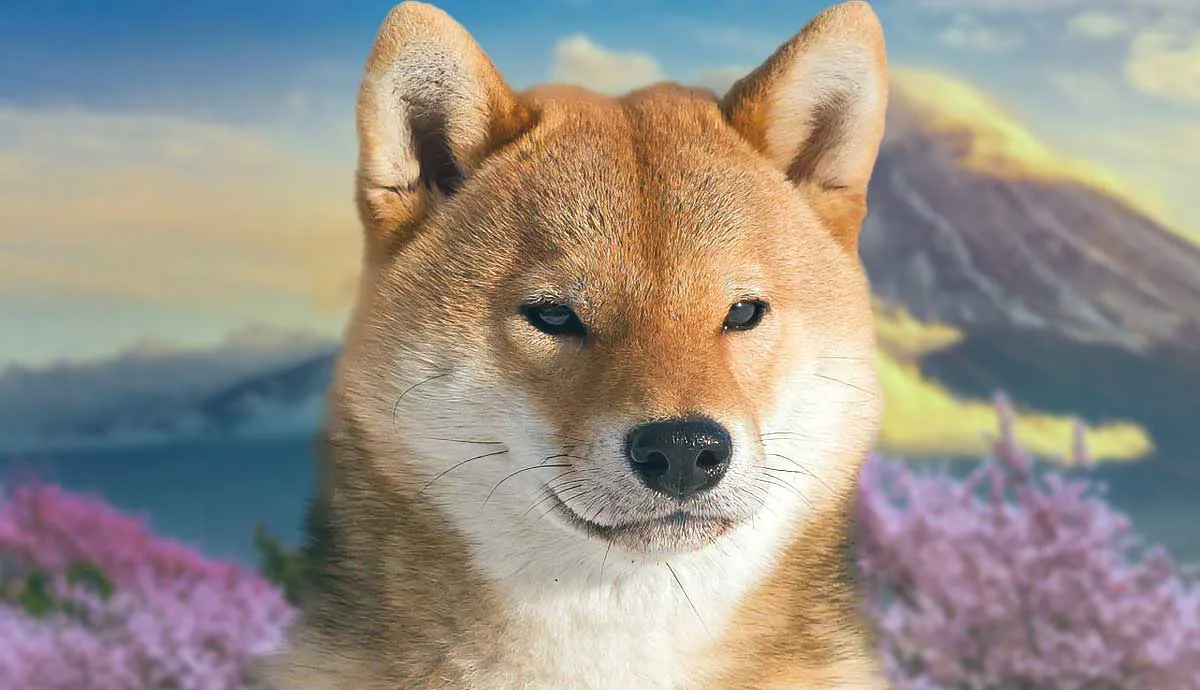Aside from great national holidays, delicious food, and refreshing drinks, Ireland is also fantastic at breeding some incredible dogs. The Glen of Imaal terrier is small but mighty. This breed dates back to the 16th century and, despite many brushes with extinction, is still beloved today.
Although it’s rare to come across one of these dogs, let’s look into the history of Glen of Imaal terriers, as well as their appearance, personality, health issues, and much more.
History of the Glen of Imaal Terrier

The Glen of Imaal terrier dates back to 1570s Ireland. Although no one can be absolutely sure of how this breed originated, legend has it that it was created by breeding Irish and Flemish dogs that Queen Elizabeth I had sent to Ireland at the time.
Like many small terrier breeds, the Glen of Imaal was bred as a hunting dog. They targeted foxes, badgers, and rabbits to provide food for people at the time. These canines went far beyond hunting, though. It’s said that they also helped in the kitchen, manually rotating cooking appliances for their owners.
Although the breed did manage to break out of Ireland in the late 1800s, owning a Glen of Imaal in America is still very rare. As of 2023, there are only around 700 Glen of Imaal dogs registered in the entire country.
Physical Appearance: Blue Brindle, Blue, or Wheaten Coats
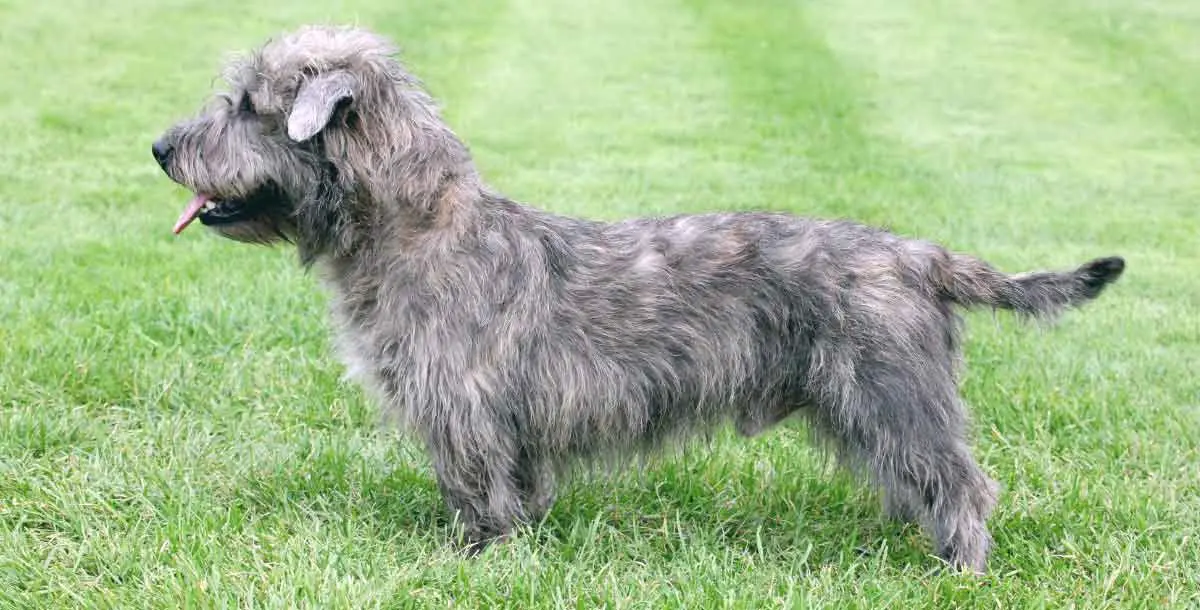
As with most Terrier breeds, the Glen of Imaal has quite a wiry and harsh double coat. It’s coarse to the touch, but that doesn’t stop them from being snuggly. Double coats are perfect for bad weather (cough, cough, Ireland) and keep their softer undercoat protected. Glen of Imaal Terriers can be one of three coat colors: brindle, blue, or wheaten. Wheaten coats can range between white and red tones.
Males and females generally stand between 12.5 and 14 inches tall and are medium-sized dogs. A healthy Glen of Imaal should weigh around 35 pounds. These dogs may be slightly muscular and often have their tail docked straight out. They have an adorable pair of ears that fold perfectly over their brown eyes.
Glen of Imaal Dogs Are Calm, Affectionate Companions

We’re sure you’ve heard that terrier breeds can be quite loud, yappy, and a little bit chaotic. Well, we’ve got some great news for you. If you love terriers but want a quieter one, the Glen of Imaal may be perfect for your home.
They have one of the calmest and quietest temperaments of all terrier breeds. Don’t be fooled, though; they still have the trademark stubbornness of a terrier. However, if you want a loyal and protective canine companion, this breed is fantastic. They are also very easy-going and can keep themselves entertained, but they still love attention.
If you have kids or other pets, a Glen of Imaal can get along with them well. As long as they are properly socialized at an early age, these terriers make great additions to families.
Breed-Specific Health Concerns

The Glen of Imaal generally lives between 10 to 14 years in good health, which is average for dogs in general. Overall, this breed tends to be quite healthy. However, it is prone to developing:
- Progressive retinal atrophy (PRA): A genetic vision issue, dogs with PRA could potentially go blind within one to two years. Here are some tips for making life for your blind dog easier.
- Hip dysplasia: This is where the hip socket doesn’t fully cover the joint, so it could easily become displaced or dislocated. Hip dysplasia won’t affect your dog’s lifespan, but it might leave them in a lot of pain and affect their mobility. Great management tips for this condition include helping them maintain a healthy weight, taking medication, or having surgery.
- Skin conditions: The Glen of Imaal terrier can develop skin conditions from allergies in their food or environment. Your veterinarian can run an allergy panel and curate a treatment plan that puts your dog’s needs’ first.
Like many dogs, these terriers can also contract worms and other parasites if not properly monitored.
These Dogs Need Consistent Exercise and Engagement
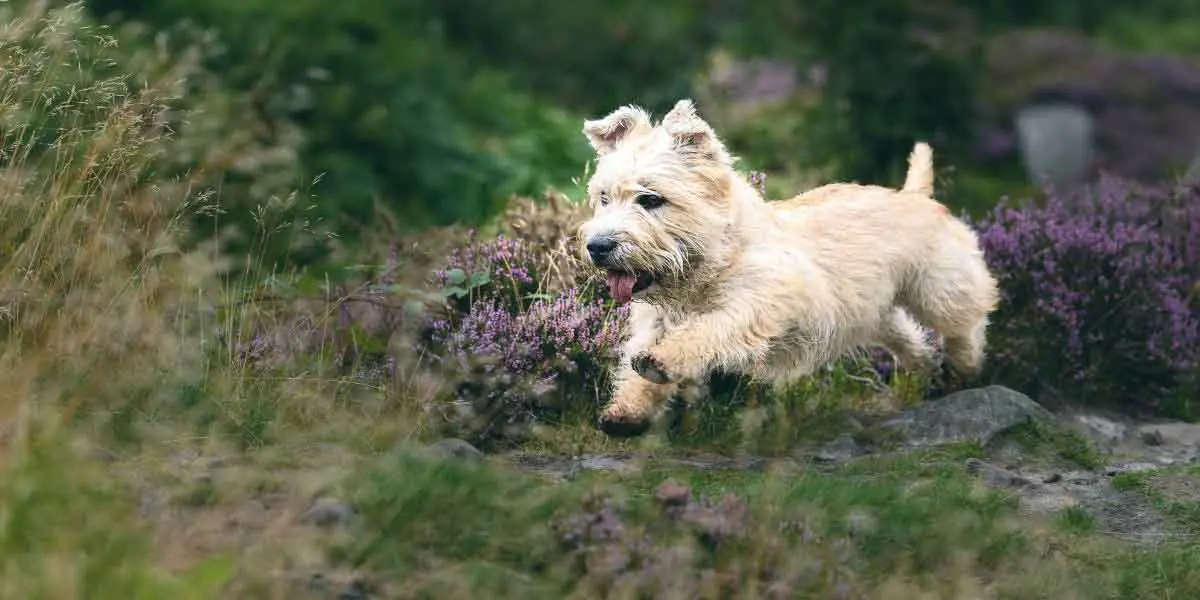
Even though a Glen of Imaal is pretty easy-going, they do require quite a bit of exercise. This is because they were bred for hunting and developed a need to run. They’ll love having two walks a day or any outdoor exercise for over an hour. If you have the time, they will walk and run for even longer.
Glen of Imaal terriers are fantastic family dogs, so they’ll be happy to feel included and join you on your family walks. They’re also pretty good at breed-specific sports, so it might be worth signing them up for some events to burn their energy.
Glen of Imaal pups are quite an intelligent breed. They don’t need too much training as they tend to figure things out for themselves. However, it’s vital to socialize them from a young age so that they are more obedient and mix well with kids and other animals.
These Dogs Need Regular Brushing and Grooming

Due to their double coat, they need a bit of extra TLC compared to other terrier breeds. Glen of Imaal terriers need to be brushed weekly to ensure their thick coat doesn’t matt. Matted fur can cut off the airflow to your dog’s coat and trap moisture, leaving them with super-irritated skin. So, it’s essential to brush your dog regularly. A slicker brush or fine-tooth comb works best for dogs with wiry coats.
While grooming them, keep an eye on their ears, as they tend to be prone to wax build-up. There are plenty of ear drops designed to help minimize wax build-up that you can use on your pup and prevent infections.
They also need to have their coats stripped two or three times a year. This is a process that removes dead and loose hairs from your dog’s coat. It’s a task you can do at home, but it can also be done at the groomer or your pup’s vet. Stripping your dog’s coat helps to keep it soft and shiny, helping them look and feel their best.
These Dogs Are Not Your Average Terrier
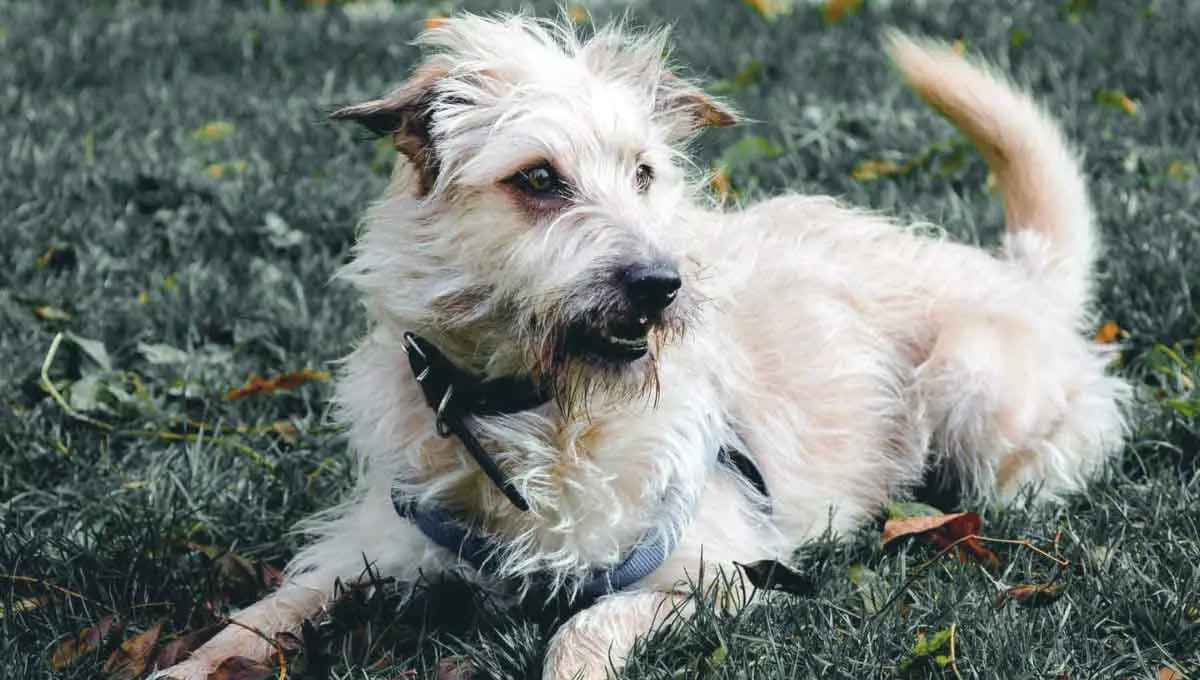
In terms of their personality, dog owners have found quite a big difference between Glen of Imaal terriers and other terrier breeds. As we mentioned, their temperament is significantly calmer than other terriers. They are much less demanding of attention and are happy to do their own thing.
In terms of physicality, they are like most terriers. The wiry and tough coat is one of the most distinguishable features of a terrier. However, not all terriers have a double coat like the Glen of Imaal does. Some of the more popular terrier breeds just have short coats.
As noted, the Glen of Imaal’s lifespan is on the shorter end compared to other terrier breeds. They typically live between 10-14 years, but health issues may shorten that. Most other terrier breeds live between 12-16 years. Jack Russells are known to live the longest compared to other terriers, with the oldest one (a dog named “Willie”) living for 20 years.
The Glen of Imaal Is an Endangered Breed
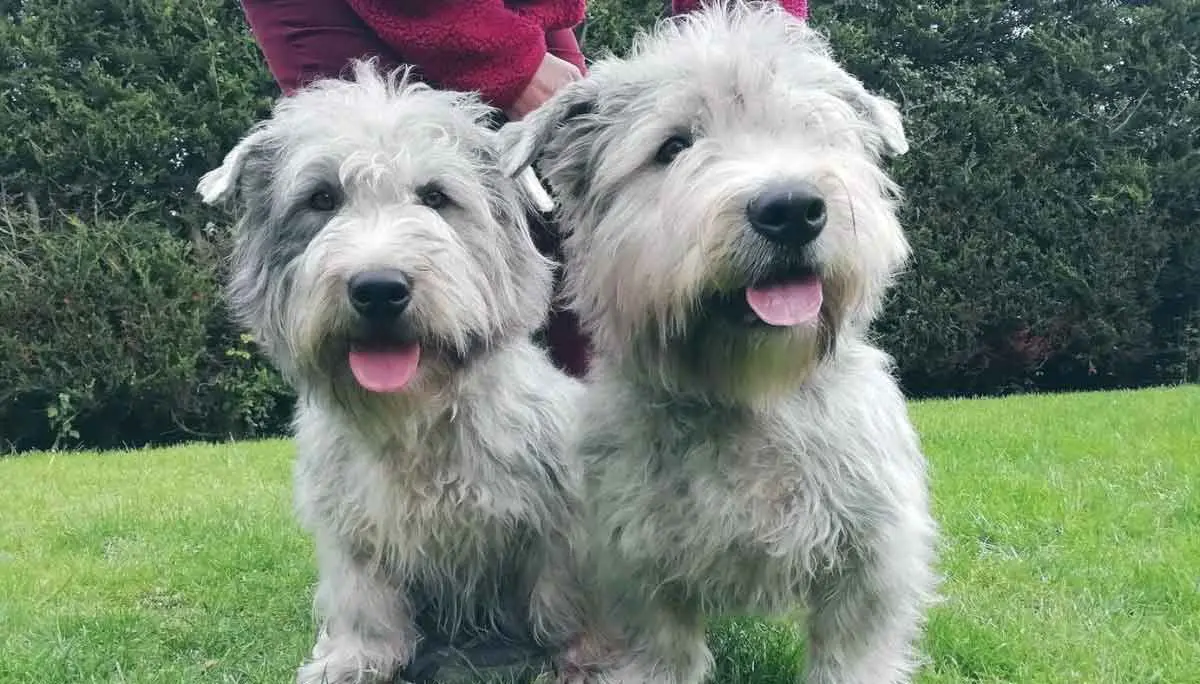
Glen of Imaal terriers are becoming pretty rare all over the world. As noted, there are less than 700 registered dogs in the U.S., and the American Kennel Club ranks them 169 out of 201 registered breeds. But why are these dogs’ numbers dwindling?
Remember how Glen of Imaal dogs used to be beneficial in the kitchen before technology? Well, it’s said that after technology developed and kitchen appliances became electric, many families stopped owning Glen of Imaal terriers altogether. These dogs also saw a sharp decline in popularity after the second World War.
While we always love to encourage adopting dogs, that may be particularly hard for this breed. To keep them from extinction, it’s important to trust that ethical breeders know what they’re doing to preserve this rare dog.
Fun Facts About the Glen of Imaal Terrier
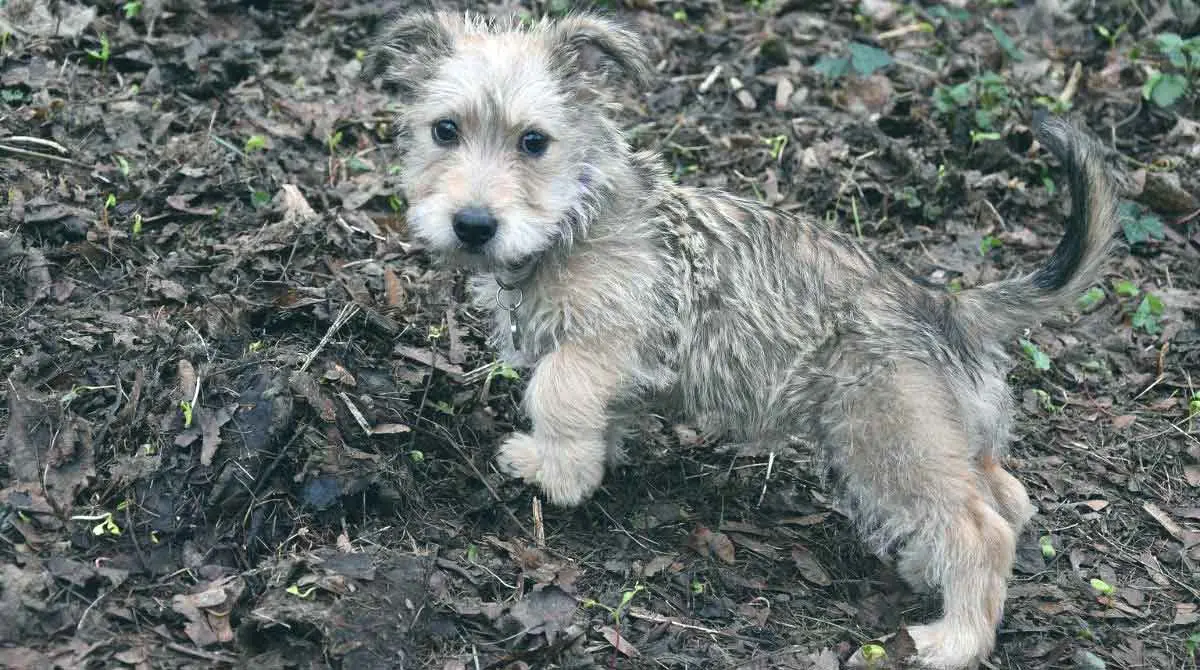
If this wasn’t enough to convince you that these Irish pups are fantastic, here are some fun facts about the Glen of Imaal terrier:
- They’re often referred to as “big dogs on small legs” because of how surprisingly muscular they are.
- This breed is a huge fan of digging! As it turns out, they tend to perform well at Earthdog tests, which assesse how good dogs are at hunting underground.
- Glen of Imaal terriers are named for the small locale they came from. Glen of Imaal is located in Wicklow County, Ireland.
- The breed was only recognized by the American Kennel Club in 2004.
A Rare But Beloved Breed
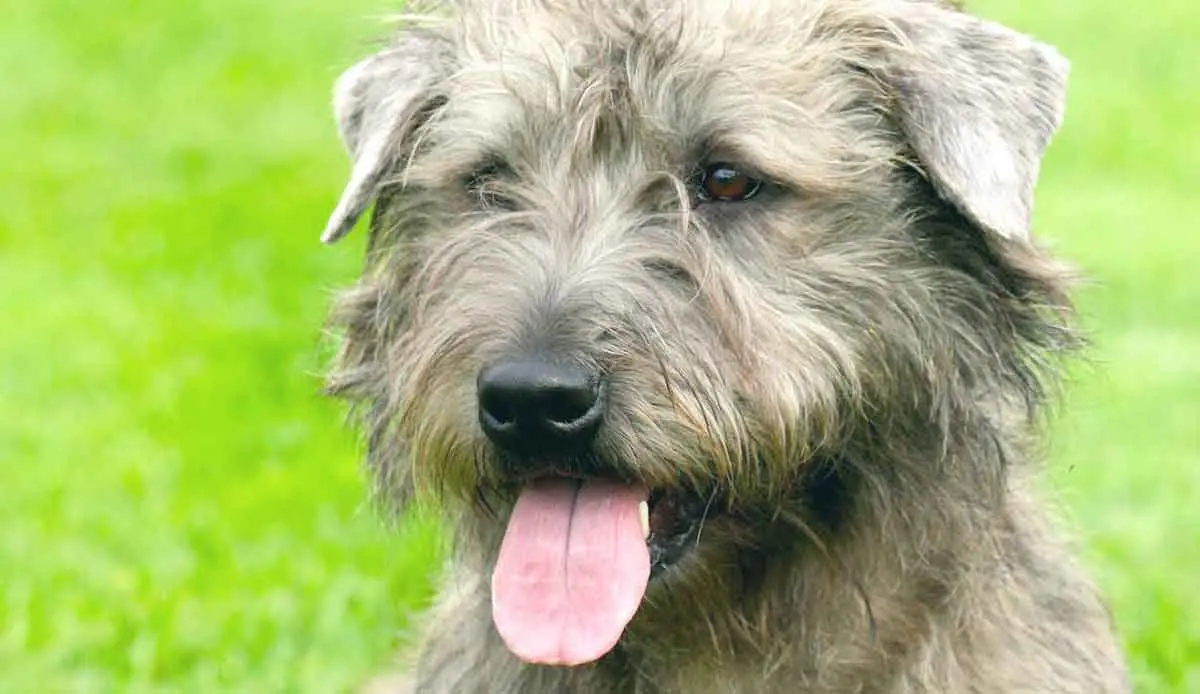
Glen of Imaal terriers are the perfect addition to your home if you want a calmer and quieter breed of terrier. They are incredibly easy-going despite needing a lot of exercise and will be loyal to your family.
Unfortunately, they are an endangered breed of dog due to a lower demand for them in their native country. If you love this breed of dog, consider helping their re-population and giving them a loving home Glen of Imaal terriers are sure to live a happy life and will bring nothing but joy to yours!
